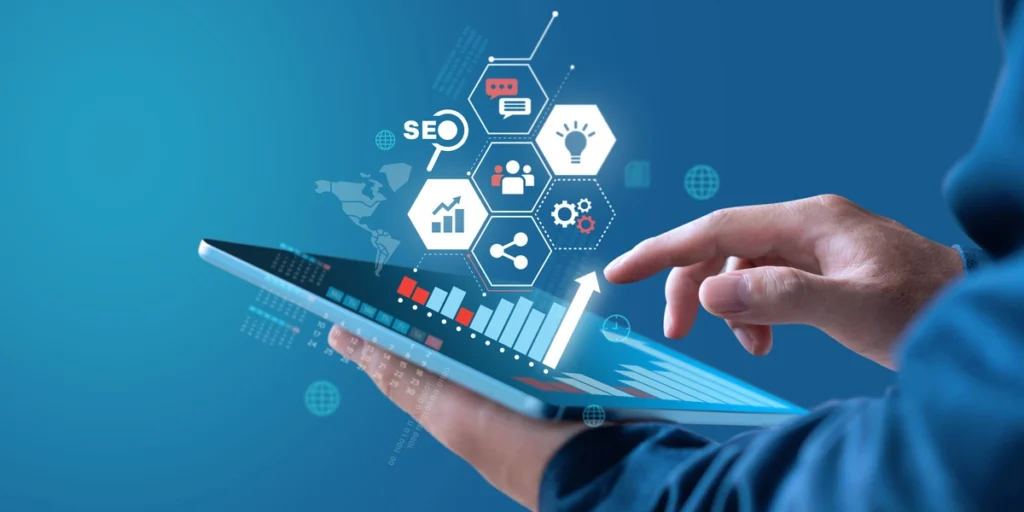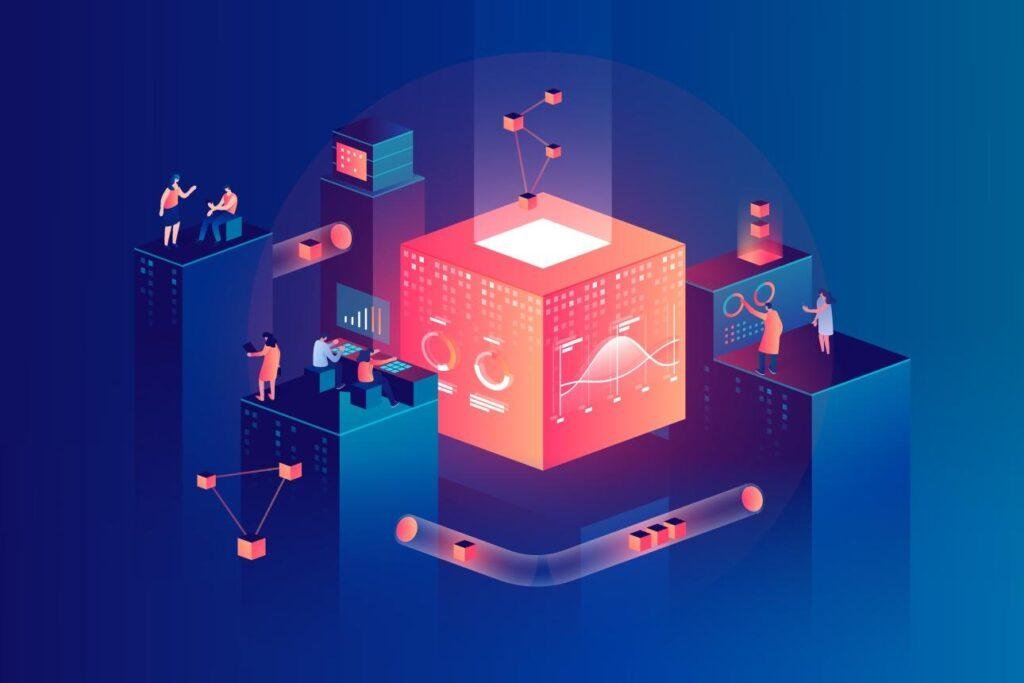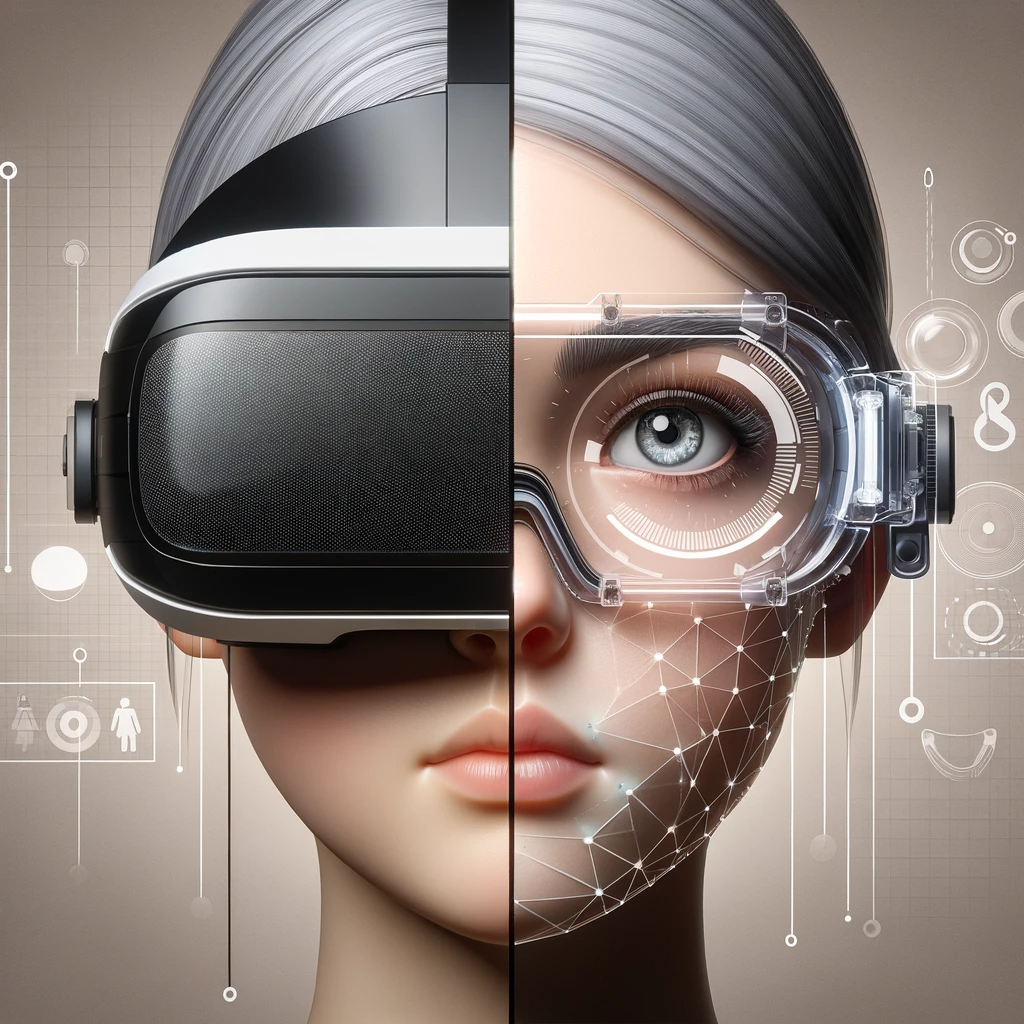Role of technology in healthcare
This topic examines how technology is being used in healthcare, such as telemedicine, electronic medical records, and medical devices.
The role of technology in healthcare has been rapidly evolving over the last few decades, and it is playing an increasingly significant role in the delivery of healthcare services.

Technology improves patient outcomes, enhances communication between healthcare providers and patients, and reduces healthcare costs. This article explores how healthcare uses technology, including telemedicine, electronic medical records, and medical devices.
One of the most significant developments in healthcare technology is telemedicine. Telemedicine allows patients to consult with healthcare providers remotely, often via video conferencing, rather than having to visit a healthcare facility in person.
Telemedicine offers consultations, diagnoses, and treatment planning. It is especially useful in rural or underserved areas, allowing patients to receive care without traveling long distances.
Telemedicine has also become increasingly important during the COVID-19 pandemic, as it allows patients to receive medical care while minimizing the risk of exposure to the virus.
Another important technology in healthcare is electronic medical records (EMRs). EMRs are digital versions of paper medical records, and they allow healthcare providers to access patient information quickly and easily.
EMRs store patient information like medical history, medications, allergies, and test results. They also facilitate sharing information between healthcare providers, enhancing communication and collaboration.
EMRs have several benefits, including reducing medical errors, improving patient safety, and increasing efficiency in healthcare delivery.
Medical devices are also playing an increasingly important role in healthcare. These devices can range from simple tools like thermometers to complex devices like MRI machines.
Medical devices serve various purposes, including diagnosis, treatment, and monitoring. They can help healthcare providers to make more accurate diagnoses and provide more targeted treatments.
Medical devices can also be used to monitor patients remotely. Allowing healthcare providers to track patient progress and make adjustments to treatment plans as necessary.
One area where medical devices have had a significant impact is in the field of surgery. Advancements in surgical technology have led to the development of minimally invasive procedures, such as laparoscopic surgery.
These procedures use small incisions and specialized instruments to perform surgery, reducing the risk of complications and shortening recovery times. Robotics enables more precise movements in surgery and reduces the risk of human error.
Technology improves patient engagement and education. Patient portals allow patients to access their medical information and communicate with healthcare providers online. This can help patients to be more involved in their care, improving patient outcomes.
Mobile apps can track health metrics like heart rate, blood pressure, and exercise. Helping patients monitor their health and make lifestyle changes.
While technology has many benefits in healthcare, it also presents some challenges. One of the most significant challenges is the need to protect patient privacy and ensure the security of medical information.
Cybersecurity threats, such as hacking and data breaches, pose a significant risk to patient privacy and could compromise the security of medical information. Healthcare providers and technology companies must take steps to protect patient privacy and ensure the security of medical information.
Another challenge is ensuring that technology is accessible to all patients. Technology has the potential to improve healthcare access. It is essential to ensure that all patients can access and use these technologies.
This may require additional education and training for patients, particularly those who may not be familiar with the technology. 온라인카지노







